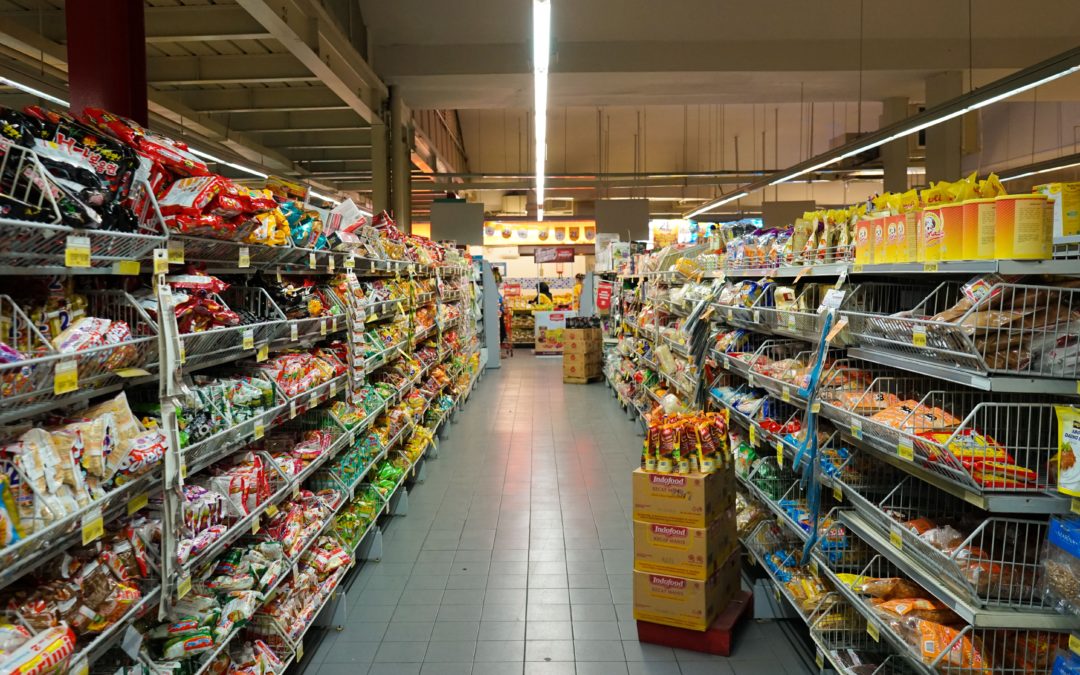So, how do you find packaging for your product that checks off all these boxes? Check out these guidelines for a helpful place to start!
How to Package Food for Retail So It’s Safe
Truly, the number one goal of all food packaging is to preserve food quality and freshness by protecting it from any chemical or environmental contamination as well as physical damage, from storage to transit to shelf.
Different foods have different requirements, so first off, it’s important to choose appropriate packaging for the type of food you are selling. For instance, if your product is frozen, your packaging will need to hold up in extremely cold temperatures and be thick enough and seal well enough to avoid freezer burn. On the other hand, fresh-baked bread would be best packaged in a thinner, sealed poly bag to keep moisture in and the bread soft.
Plastic is a popular choice because it’s not only affordable, but also flexible and versatile, coming in a variety of shapes, sizes, strengths, and thicknesses. Just as it’s important to find the packaging option that fulfills the safety requirements of your product, the size and shape of your packaging matters as well. It plays a vital role not only in the ease of transport, shelving, and storage but also in ensuring your product is not squished or able to move around excessively.
Packaging that is too big or too small inhibits your product’s shelf life potential, so in addition to making sure you choose packaging that fits safety standards, make sure it also just plain fits your product!
How to Package Food for Retail So It Sells
While the main goal of all retail food packaging is keeping food safe and protected, the presentation of your packaging needs to stand out from others. After all, what good is the perfect packaging if your product doesn’t sell?
That means, you not only need to consider your product’s shelf life, but also how your product looks, fits, and competes on the shelf.
From your logo to the colors and font you choose to the shape of your product, packaging design should catch customers’ attention and help them to recognize your brand. It should also be easy to pick up, take home, and store.
Of course, besides your branding, it’s important to make sure you have all the FDA requirements on your packaging as well. These include:
- Identification of product
- Net Weight
- Name and Address of the Manufacturer, distributor, or packer
- Ingredients in order of usage from greatest to least
- Nutrition Facts
- Allergens
- UPC barcode for tracking
How to Package Food for Retail So It’s Safe AND Sells
To recap, when choosing retail food packaging, consider the type, size, and shape of the packaging needed to protect your food while also reinforcing your brand and standing out on the shelf. You should also think about ease of stocking and transporting. It may seem like a lot of boxes to check, but it’s actually easier than it sounds:
If you’re ready to package your food product for retail, A-Pac manufacturing offers food-grade packaging options at no minimum order, and on your schedule. Give us a call to learn more about our custom packaging and printing, or simply visit us online. We can help you make sure your product stays safe and make sure it sells!

